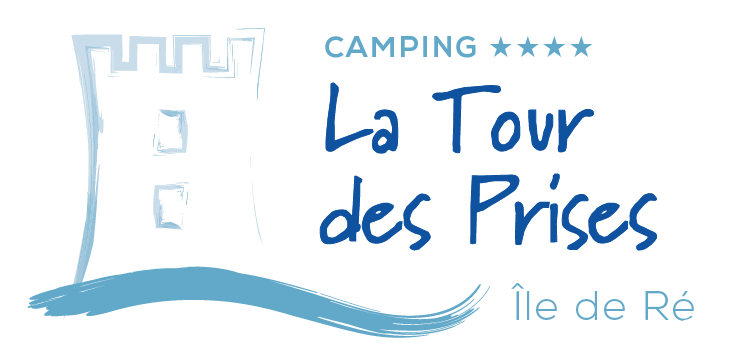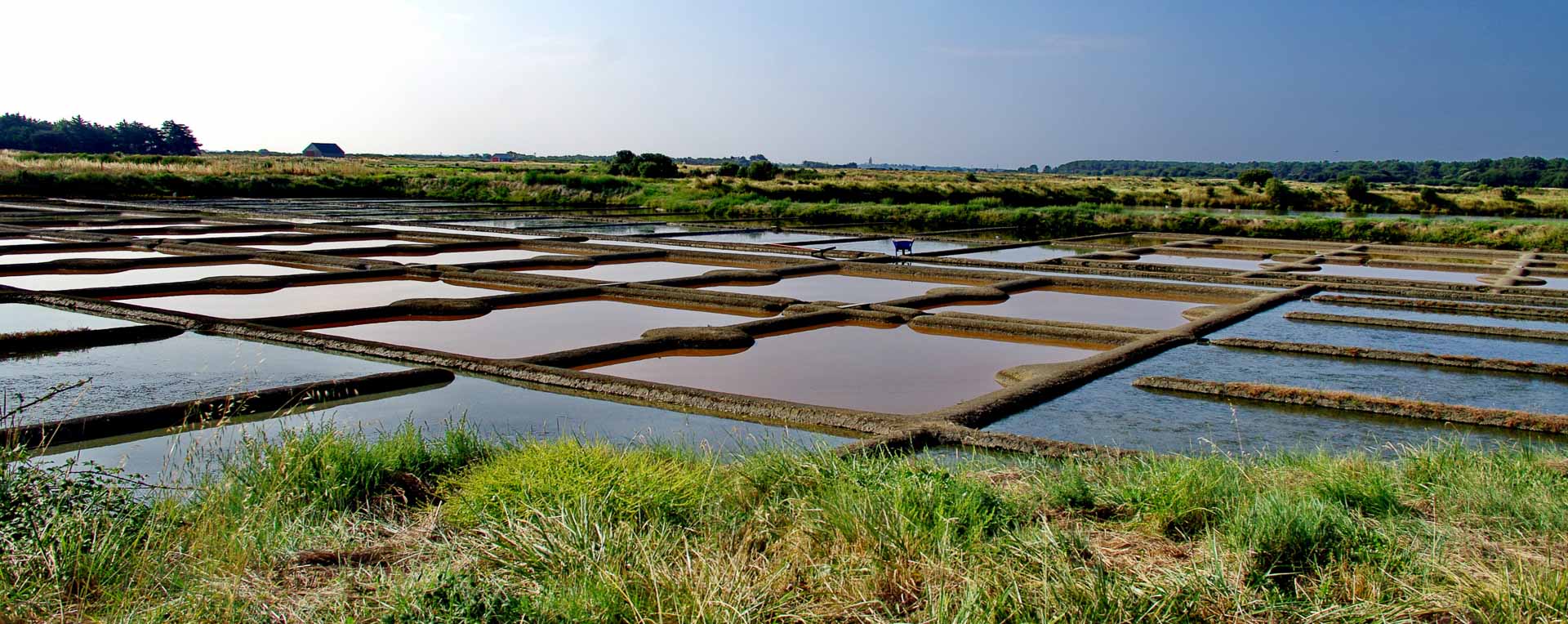A bike ride through the salt marshes to the north of theIle de Ré is all it takes to understand that this piece of land in the Charente archipelago has gold, its gold: white gold. Cultivated for centuries, salt on the Ile de Ré is a veritable ancestral tradition. Make the most of your stay at camping Ile de Ré La Tour des Prises to discover all the secrets of this art form, which is repeated every summer.
The origins of salt production on the Ile de Ré
It enhances our dishes, preserves food and is essential for our health. The people of Rétais have been growing and harvesting salt for over a thousand years. To understand the history of salt production on Ré la Blanche, we need to go back to the Middle Ages. The monks of the royal abbey of Saint-Michel-en-l’Herm were the first to use the salt marshes of Loix and Ars-en-Ré for commercial purposes.
The success of this operation was such that their production center soon became one of the largest in France. In the 19th century, the sector was booming. Nearly 20% of the island’s territory is set aside for salt production, which reaches almost 30,000 tonnes a year.

A halt and a new upswing
The industrial revolution and the fall in the price of salt had a major impact on the sector. On the verge of extinction, salt farming was revived in the 1940s. It was relaunched under the impetus of the Communauté de Communes de l’île de Ré and the Coopérative des Sauniers de l’île de Ré.
An ambitious program has been set up to rehabilitate the salt marshes, restore the image of white gold and encourage young salt producers to take up the baton from their ancestors. Today, 90 sauniers on the Ile de Ré harvest salt from a surface area of 400 hectares.
Operating in an extraordinary natural setting, they harvest their white gold by hand every summer at dusk, just as their ancestors did.

